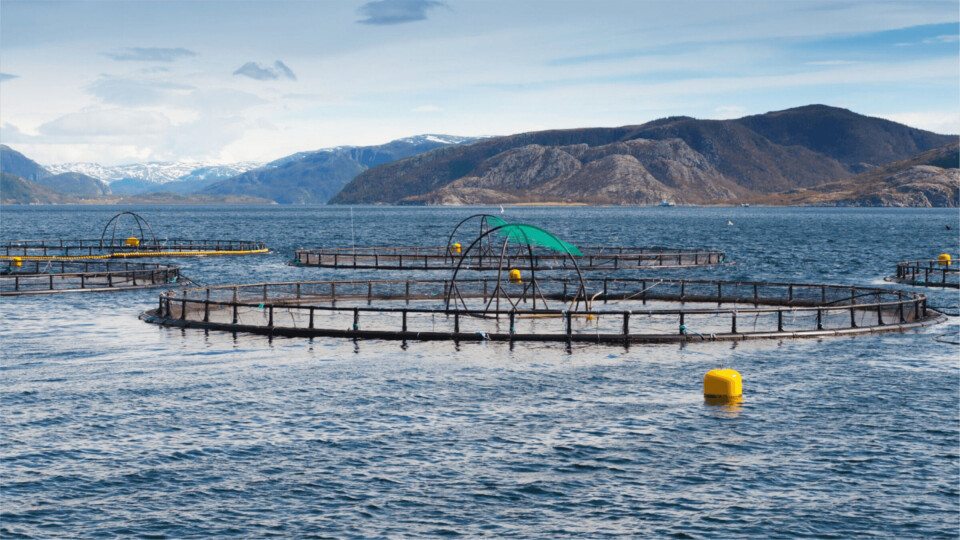
Changes in IPN virus strip salmon of protection
Trials with infectious pancreatic necrosis (IPN) virus show that family lines of salmon genetically selected for resistance to the disease are no longer as protected as they once were because the virus has changed.
IPN has been long been a major problem in salmon farming, but the number of outbreaks has been significantly reduced over the past decade since breeders began to use genetic markers called QTLs (quantitative trait loci) to identify IPN-resistant broodfish, known as QTL fish.
An increased focus on biosafety and remediation of “house strains” of IPN virus in hatcheries also helped, reports the Norwegian Veterinary Institute.
Severe outbreaks
However, over the past few years, some severe IPN outbreaks have been reported from various salmon producers.

“If IPN is on its way back, it could have major consequences for the industry. In this connection, the Veterinary Institute has conducted studies to investigate whether there may have been genetic changes in the IPN virus that make it more pathogenic in the QTL fish,” says Veterinary Institute researcher Irene Ørpetveit.
Different ‘envelope’
In 2018 and 2019, samples from several smolt and food fish establishments with QTL fish that experienced IPN outbreaks were collected and the presence of IPN virus was confirmed.
The IPN virus envelope protein, VP2, plays an important role in the virus’s ability to infect host cells. Changes in VP2 can make the virus better able to adapt to changes in the host. The VP2 gene was therefore sequenced and compared with corresponding gene sequences from the IPN virus of the mid-2000s, before the use of QTL fish was widespread.
The result shows that IPN viruses that cause disease in QTL fish are different from field isolates that caused IPN in the 2000s, at both nucleotide and amino acid levels.
Higher mortality with the 2018 virus
The virus’s ability to induce disease (virulence) was investigated in an infection trial involving fry from various families. The fish were infected with either virus from 2018 or an older IPN virus isolate. The infection test was done in collaboration with Benchmark Genetics, which breeds Atlantic salmon and produces of QTL-IPN eggs.
The result showed much higher cumulative mortality (> 75%) in fish infected with the viral isolate from 2018 compared to fish infected with the older isolate (about 30%). This indicates that the viral isolate from 2018 is more virulent, at least for fry.
Benchmark Genetics is currently working to identify which families the dead and surviving fish belonged to. Much work remains to be done to determine the prevalence and significance of this virus variant, and the Veterinary Institute will work with Norway’s Food Safety Authority and the industry to investigate this.






















































